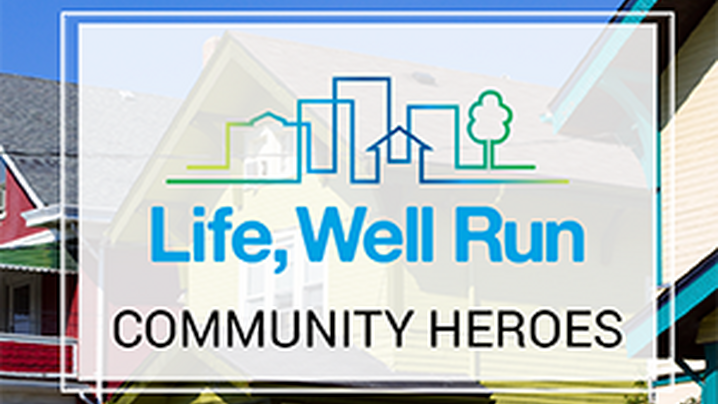
It’s the most wonderful time of the year… Budget Season! For communities operating on a July 1 fiscal year, March Madness means more than just college basketball. Spring is the time for many municipalities to forecast their resources for the coming year, prioritize new initiatives, and ensure they are following through on existing obligations. It’s…

Life, Well Run is pleased to announce the 2017 Community Heroes who were nominated by their jurisdictions for modeling dedication to local government and serving residents. Life, Well Run received a wonderful response to the call for Community Hero nominations that began in November 2016 with the support of ICMA-RC. Managers sent in descriptions of their…
Teaneck, New Jersey<br />As the U.S. population ages, most communities will wrestle with a variety of issues related to elderly residents. Top of mind would be emergency services, transportation, engagement and activities, and appropriate housing. Teaneck, N.J. (pop.40,000), is getting ahead of the curve with a program called Age-Friendly Teaneck. The planning phase of the program began in…
This dataset covers form of government, initiatives for referenda and recall, selection and composition of elected officials.
This dataset covers form of government, initiatives for referenda and recall, selection and composition of elected officials.
This dataset covers form of government, initiatives for referenda and recall, selection, and composition of elected officials.
This dataset covers form of government, initiatives for referenda and recall, selection, and composition of elected officials.
This dataset covers form of government, initiatives for referenda and recall, selection, and composition of elected officials.
